Fast Times in Manali
India’s premier trail runner dreams up new mountaineering speed ascents in his home of Manali. No one in the entire country has even attempted something like this.

Kieren D’Souza first felt the joy of running through the mango fields in Chhattisgarh, India as a boy, while irate farmers chased him with sticks.
Although D’Souza was born in Bilaspur, his father’s role in the Indian Air Force propelled his childhood throughout many small towns and villages within the country - from Jodhpur to Lucknow, from Mumbai to Faridabad.
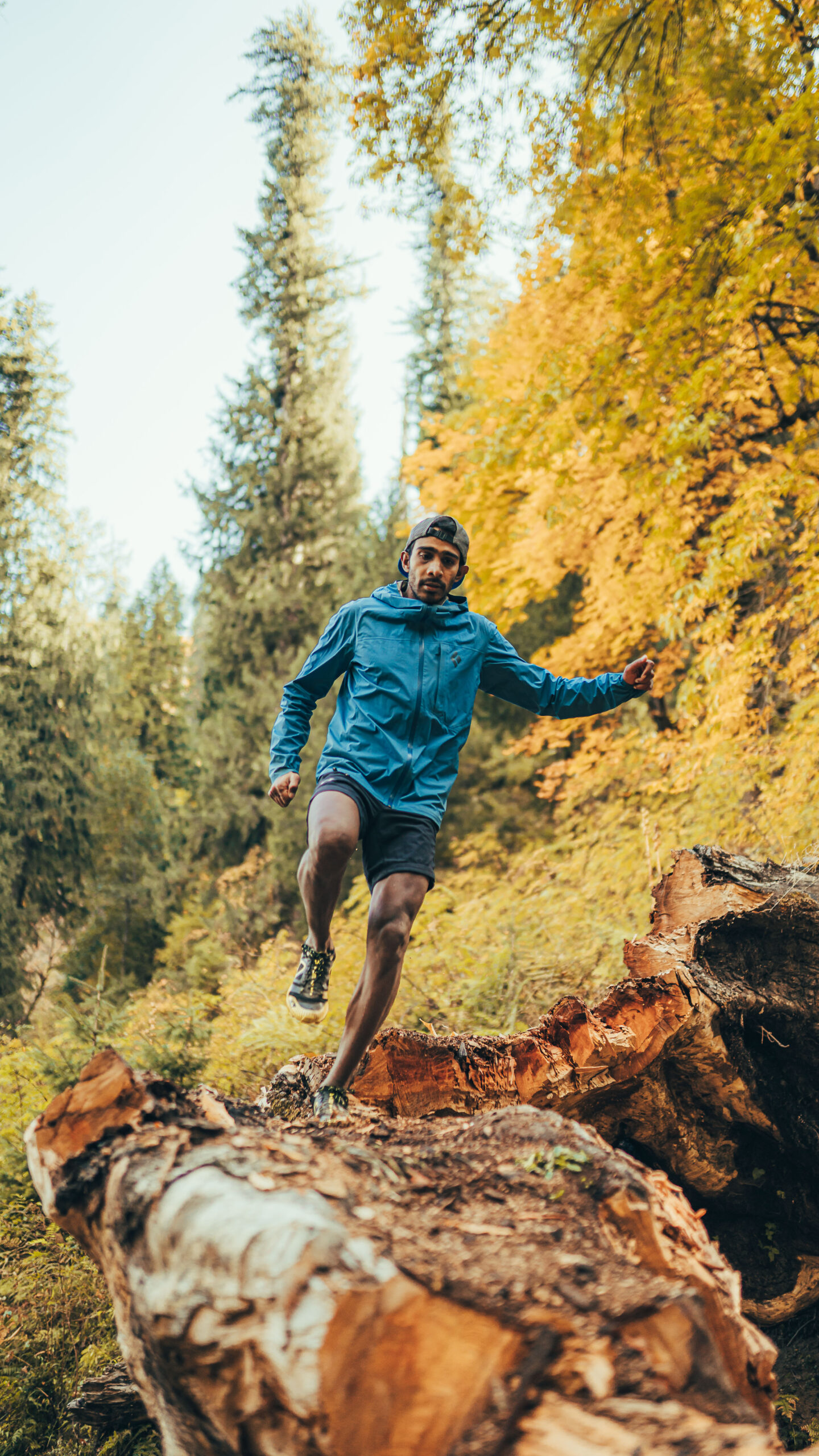
D’Souza’s family continually uprooted and traveled to “fairly remote locations in nature,” as he puts it. Throughout his time growing up in Rajasthan’s desert, they would take weekend picnics to an oasis.
Read next of TOJ: A Calculated Risk to Set a Record at 5,000 Meters
But D’Souza’s running career, one that uniquely blends the disciplines of ultra-marathon trail racing with mountaineering time trials, did not begin until he reached Manali, which has tantalizing access to a network of forest trails as well as a 6,000-meter mountain peak. [Listen to this episode of the podcast].
“Nobody goes out on the trails in these parts.”
Living just on the edge of the forest that is a known habitat to leopards, foxes, and bears, Kieren savors each wild animal encounter that breaks up his 200 kilometer training weeks. Although India lags behind the West in terms of organized sports infrastructure and sporting awareness in general, D’Souza appreciates its abundance of opportunities to enjoy nature - a true luxury.
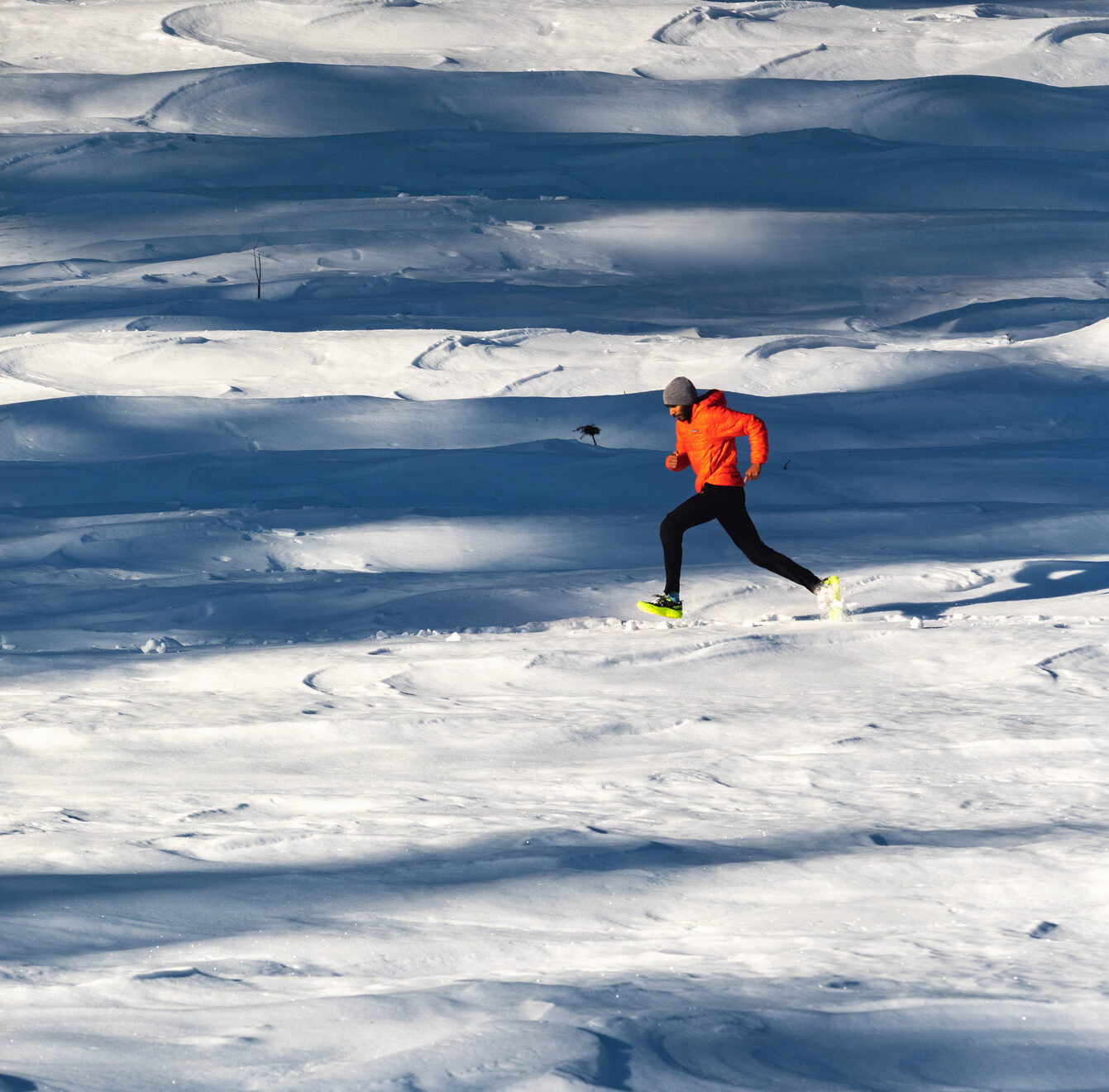
Over the past five years, D’Souza has represented his country on the trail world championship’s international stage from Hong Kong to Mont Blanc. Although the 2020 race season was largely put on hold, D’Souza managed to find a silver lining during the pandemic. He was finally able to fulfill projects that he’s been putting on the back burner for years. With international competition off the table, D’Souza looked to the unexplored places in his own backyard within Manali, a resort town nestled in the mountains of the Indian state of Himachal Pradesh near the northern end of the Kullu Valley.
Trail running is perhaps the best-insulated sport in the world from Covid restrictions, and D’Souza relished in the freedom of his imagination to find out what is possible in the mountains nearest to him.
The point of a speed ascent is to select a mountain that climbers usually take three to five days to summit by going through the process of acclimatization - resting overnight at a series of base camps. Instead of three days, D’Souza aims to reach the top and return to the bottom all in one day. It’s a hybrid sport, a mashup of ultra trail running and mountaineering. D’Souza is basically sprinting up the mountain in his running shoes with minimal mountaineering gear, arguably too minimal.
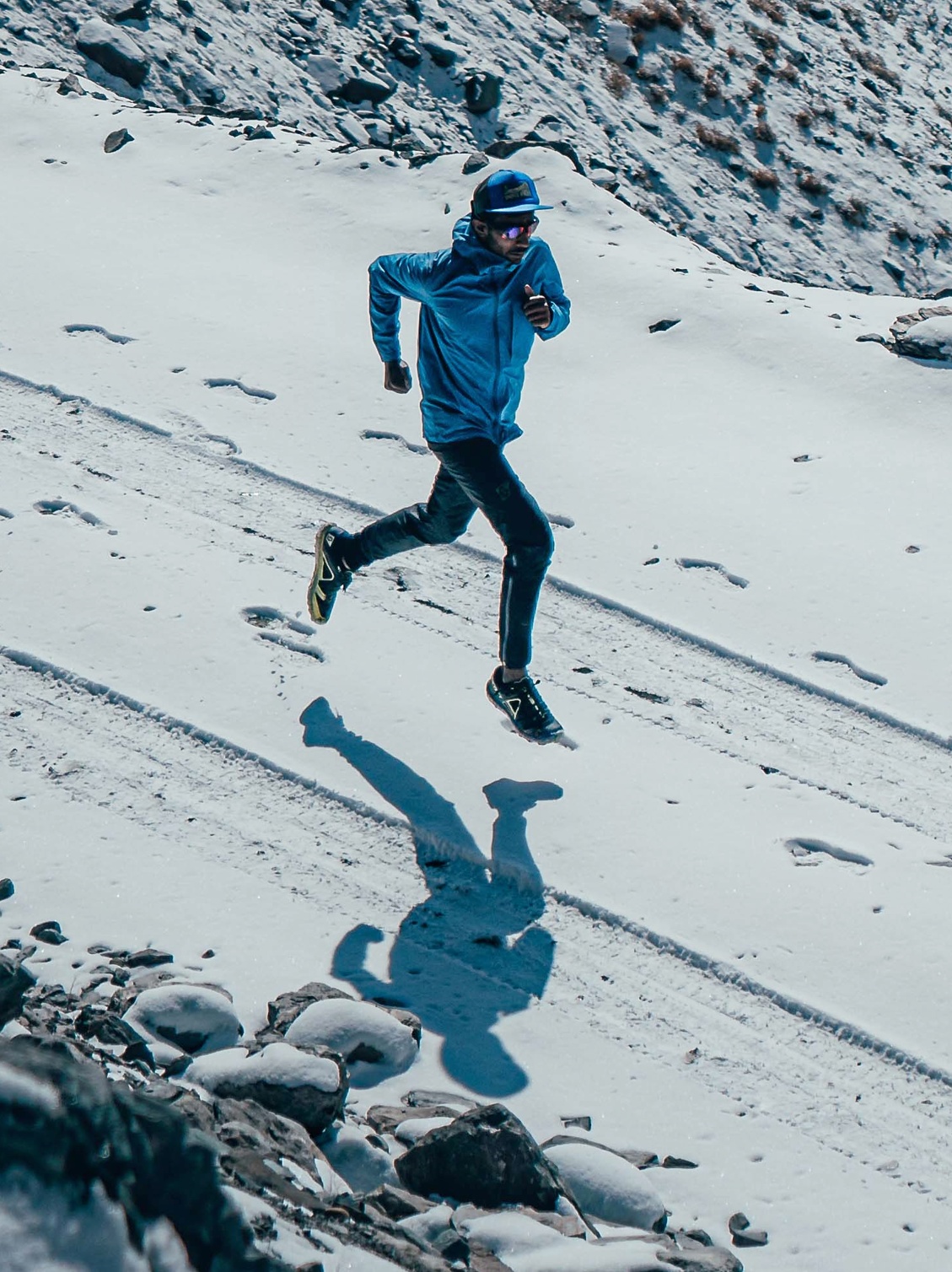
“There are two times that I feel high. One is when things are very smooth sailing, but the other is when you get into a tough situation you work at it and you come out of that. That is probably a bigger high.”
D’Souza hopes that his minimalist alpine challenges bring awareness to his message of environmental sustainability in the Himalayas by promoting low impact adventure travel.
On October 1st, 2020, D’Souza set a groundbreaking record by completing his speed attempt on Deo Tibba, a 6,000-meter peak, in just 19 hours and 38 minutes. This concept is relatively new in India and nobody in India had ever climbed a mountain such as this one in one day. D’Souza endured extreme cold and depleting oxygen as he vertically traversed the glacier.
https://www.youtube.com/watch?v=vxHJ1sjQa9g
In order to accomplish this challenge, D’Souza performed a 10-day reconnaissance trek or “recce” to scout out a possible route. He used the recce to acclimatize, spending the final three nights above 5,000 meters, but he came down without scouting the final 400-meter stretch to the summit, the steepest and iciest section. There were no route markings and no GPS tracks, so he knew that he would have to improvise his run on the fly. A few friends who agreed to film his challenge also doubled as his skeleton support crew, stashing a few extra clothing layers, snacks, and rudimentary mountaineering gear.
“The only time I roped up was 100 meters below the summit.”
He began the challenge at the center of town at 3:30 am with no way to communicate with his supporters who were waiting for him at the top. They would just have to keep an eye out for D’Souza’s agile stride - his arms swinging weightlessly and his legs launching him to soar towards the peak. He would then attempt the final icy climb to the summit after 12 hours of non-stop running when his body was at a dangerous point of fatigue. After about 15 minutes at the summit, D’Souza turned around and dashed back to the bottom.
In this episode of The Outdoor Journal Podcast, D’Souza discusses how he balances training enough mileage in advance of a race without wearing down his body, how he prepares for an alpine speed challenge, and those moments of feeling high up in the mountains of Himachal Pradesh. [Listen to this episode of the podcast].
Read Part 2 - A Calculated Risk to Set a Record at 5,000 Meters – Ditch the Ropes and Stay tuned to The Outdoor Journal for continuing coverage of Kieren D'Souza.
Follow D'Souza on Instagram: @kierendsouza


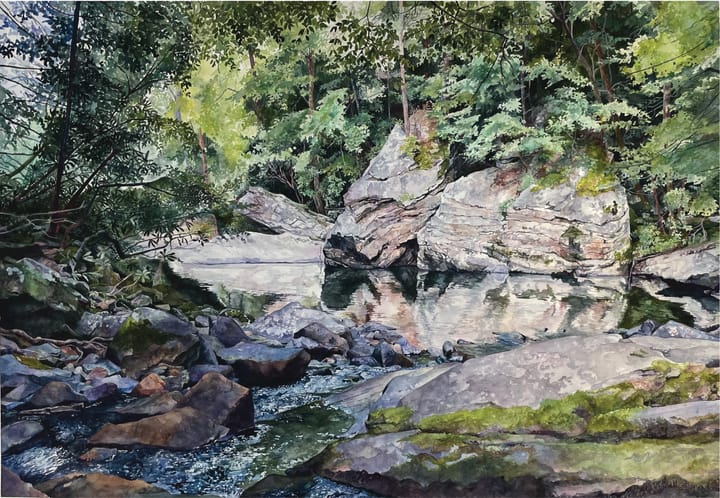
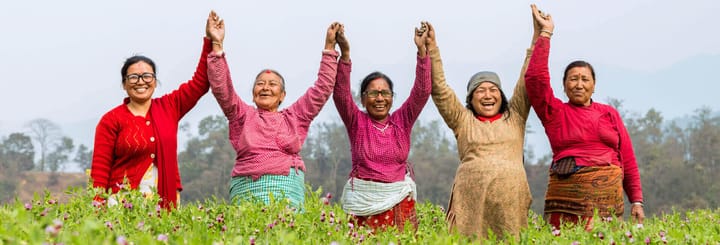

Comments ()